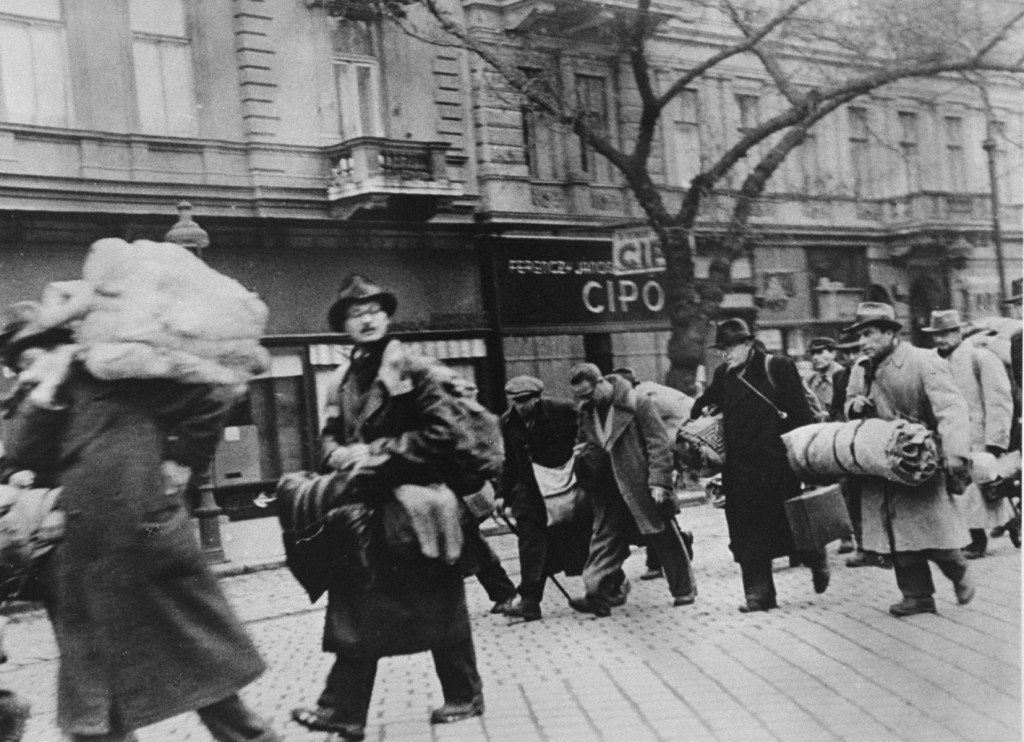
Jewish Aid and Rescue
Despite the varied and courageous efforts of Jewish groups leading to the rescue of thousands of their co-religionists, they could do little to save millions of European Jews from the Nazi genocide.
During the Holocaust, countless Jewish organizations and individuals worldwide did what they could to save their brethren. While these rescue efforts were initiated by Jews, most would have had little success without the assistance of numerous sympathetic non-Jews.
Rescue of Children
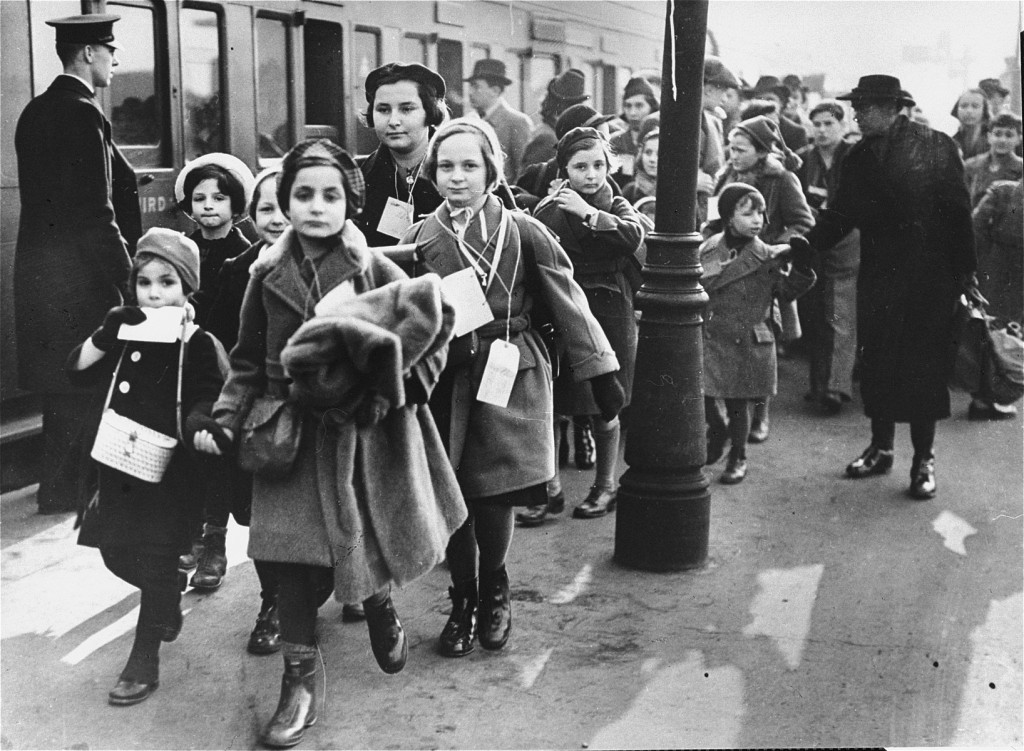
Organized actions to rescue children began even before the onset of World War II. The Youth Aliyah (a movement founded for the transfer of Jewish children from Germany to Palestine), under the auspices of the Jewish Agency in Jerusalem, managed to bring more than 14,000 unaccompanied children to Palestine and Britain between 1933 and 1945. In Great Britain, an umbrella group known as the Movement for the Care of Children organized the travel and shelter of over 10,000 central European Jewish refugee children between December 1938 and September 1939. Since these children traveled without their parents, the operation became known as the Kindertransport.
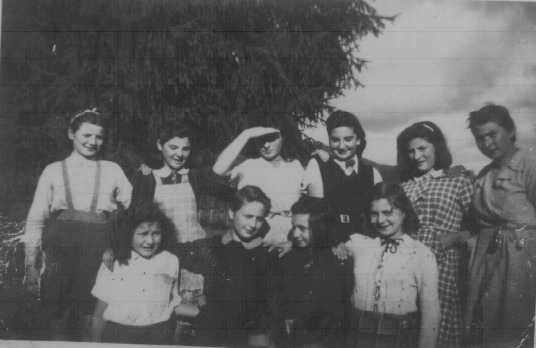
In France, three Jewish organizations made organized attempts to rescue children. The best known was Oeuvre de Secours aux Enfants (Children's Aid Society; OSE). Others active in this area were the Eclaireurs Israelites de France (a Jewish scouting movement) and the Mouvement des Jeunesses Sionistes (a Zionist youth movement). Operating nationwide, members of these groups used their institutions to provide hiding places for Jewish children, especially for more vulnerable foreign refugees. They also arranged the release of children from internment camps, and then smuggled them to safety in Switzerland or Spain. On a local level in France, similar activities were carried out by the Comite rue Amelot, the Jewish Communist "Solidarite" organization in Paris, the Service Andres group in Marseille, and the Groupe Maurice Cachoud in Nice, which specialized in secretly transporting children to refuge in Switzerland. Thanks to these efforts, as many as 12,000–15,000 Jewish children were saved from deportation and almost certain death.
Escape via the Far East
Escape via East Asia was an option that saved the lives of thousands of Polish Jewish refugees in Lithuania. Organized by Zionist leader Zorah Warhaftig, many refugees were able to obtain transit visas from Chiune Sugihara, the Japanese consul in Kovno, as well as from sympathetic Dutch diplomats. They then had to negotiate with Soviet authorities to obtain exit visas. Armed with this documentation, some 2,178 Polish Jewish refugees entered Japan between October 1940 and August 1941. Most of them were subsequently sent to Shanghai, in Japanese-occupied China, where they remained for the duration of the war.
Efforts by the Yishuv
The Yishuv (Jewish settlement in Palestine) sent 37 parachutists into Europe to aid Jews under Nazi oppression. The Nazis caught and shot seven of the parachutists, including Hannah Szenes (in Hungary), Haviva Reik (in Slovakia), and Enzo Sereni (in Germany).
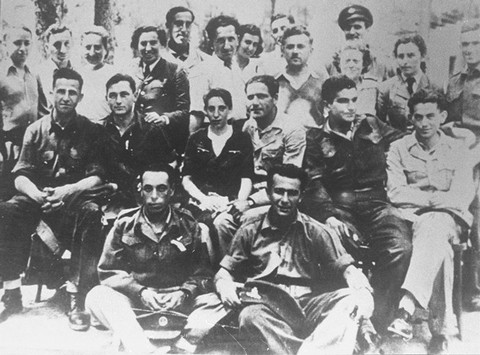
The Yishuv also organized "illegal" immigration to Palestine, in an ongoing operation known as Aliyah Bet. Zionist groups, especially their youth components, facilitated the migration of both individuals and small groups from Vienna, Berlin, Prague, and Warsaw, among other places. Initially, the Aliyah Bet ships left from Greek ports. Later, the main route was by boat down the Danube River, via the Black Sea, to the Mediterranean. These voyages, which became more difficult once the war began, were carried out under the auspices of two rival political organizations in Palestine: the Labor Zionists and the right-wing Revisionists.
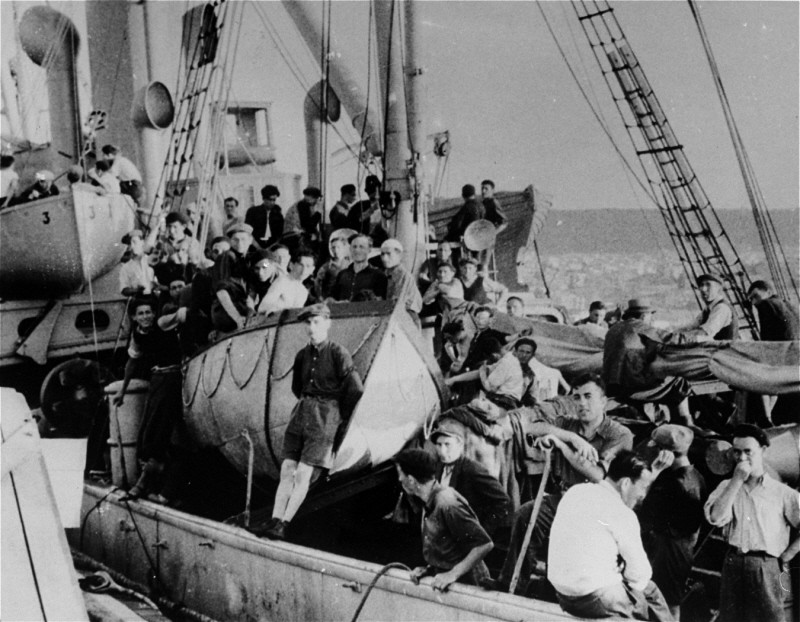
Despite the dangers, 62 such voyages were carried out from 1937 to 1944. From January 1939 to December 1944, 18,879 Jews reached Palestine by sea. Some 1,393 documented travelers are not known to have reached Palestine and may have drowned en route.
After World War II, the Jewish Brigade Group and former partisans organized the Brihah, the mass exodus of 250,000 refugees to Palestine. The American Jewish Joint Distribution Committee and the Jewish Agency of Palestine provided substantial aid to Holocaust survivors in displaced persons camps.
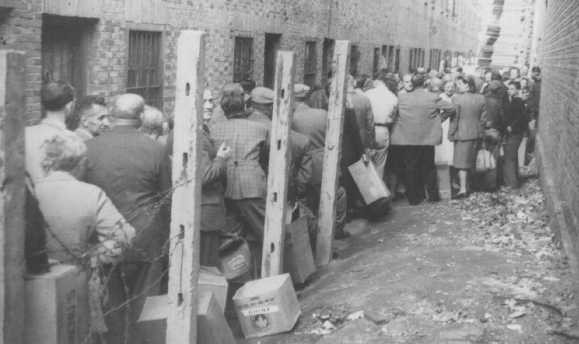
Ransom of Jews
There were several attempts to rescue Jews by offers of money to the authorities.
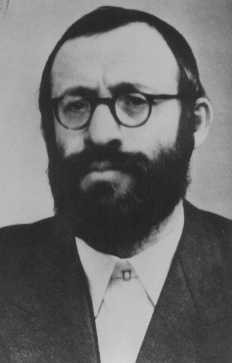
In Slovakia, the "Working Group," a secret Jewish rescue organization headed by Zionist women's leader Gisi Fleischmann and Rabbi Michael Dov Weissmandel, offered a bribe to SS Captain Dieter Wisliceny, Adolf Eichmann's deputy in the SS Jewish section and the official supervising the deportation of Slovak Jews in 1942. There is no definitive evidence that the deportations from Slovakia were halted because of the bribe, although it may have influenced the decision. More certain is that the Working Group's bribes of Slovak officials helped lead to the opening in 1942 of Novaky, Sered, and Vyhne—three forced-labor camps to which Jews could be deported and remain in comparative safety, rather than to extermination camps. In this way as many as 4,000 Slovak Jews were saved from certain death. In a strategy known as the "Europa Plan," members of the Working Group also attempted to raise $2–3 million from Jews of the free world to pay the Nazis to cease deportations to the killing centers.
In Hungary, the Relief and Rescue Committee of Budapest was founded in 1941 and was involved in various efforts to save Polish, Slovak, and Hungarian Jews. In 1943, the group became a recognized arm of the Jewish Agency for Palestine. In May 1944, following the German occupation of Hungary, they approached SS officers Adolf Eichmann (one of the central figures in the "Final Solution") and Kurt Becher. It is believed that Eichmann offered to "exchange" one million Jews for certain unspecified goods. While the deal was never finalized, due to Allied objections, the Committee's negotiators eventually persuaded the Nazis to allow a transport of 1,684 Hungarian Jews to leave Budapest on June 30, 1944. After a short stay in Bergen-Belsen, these Jews reached Switzerland.

Rescue of Rabbis
In November 1939, the Union of Orthodox Rabbis of the United States established the "Va'ad ha-Hatsala" (Rescue Committee), a relief and rescue agency whose express purpose was to save European rabbis, yeshiva (rabbinical academy) students, and other orthodox Jews. In 1940–1941, the Va'ad assisted in the emigration of approximately 650 rabbis and students from Lithuania to the United States, Palestine, central Asia, and Shanghai.
In 1942, after the revelation of the mass murder of European Jewry, the Va'ad engaged in political activity designed to rescue Jews under Nazi occupation. Some 400 American rabbis staged a protest march in Washington, DC, on October 6, 1943. During 1944–1945, the Va'ad, through its branches in Switzerland, Sweden, Turkey, and Tangier, launched efforts to rescue Jews. One of the most successful of these was the rescue of 1,220 Jews from Theresienstadt. As a result of negotiations between Swiss politician Jean Marie Musy (sponsored by the Va'ad) and SS chief Heinrich Himmler, these prisoners were released to Switzerland in February 1945.
Critical Thinking Questions
- Rescue was challenging and often dangerous. Investigate rescues mentioned in this article. What obstacles and risks did the individuals and organizations face?
- What pressures and motivations may have affected choices made by individuals and leaders of organizations?
- What other faith-based groups tried to rescue European Jews?
- Learn about contemporary individuals and organizations trying to rescue endangered peoples. How are their risks and obstacles like or unlike those faced by Jewish rescuers during the Holocaust?

